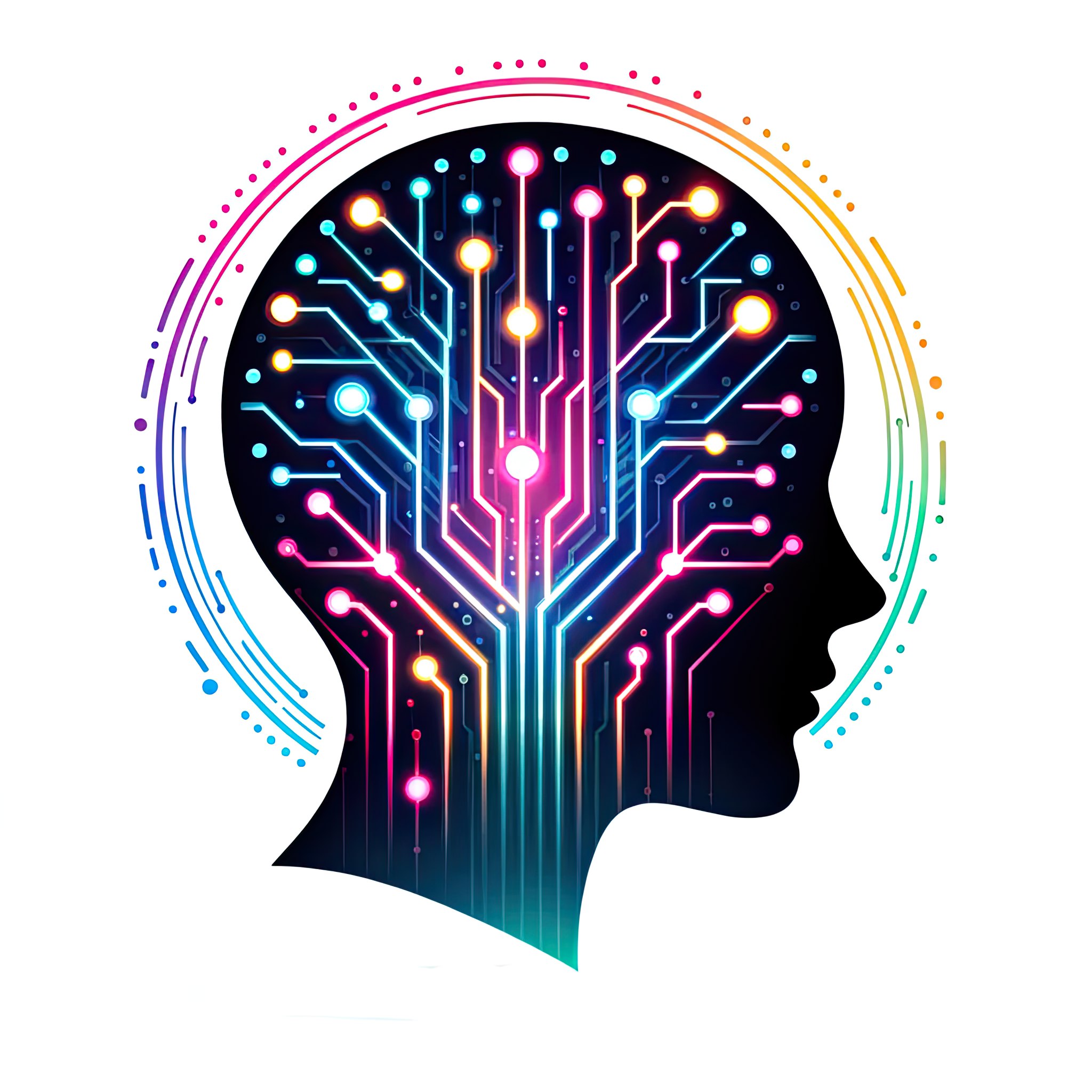In the last decade, the integration of Artificial Intelligence (AI) in various sectors has gained momentum, and education is no exception. As technology continues to evolve, AI is dramatically reshaping the education landscape. This article aims to explore the various ways in which Artificial Intelligence is revolutionizing the field of education and teaching.
Introduction to Artificial Intelligence in Education
Artificial Intelligence refers to the simulation of human intelligence by machines. In education, AI can encompass anything from chatbots answering student queries to algorithms recommending personalized learning content. By assisting educators in tackling challenges and empowering students in their learning journeys, AI is set to profoundly impact education.
Personalized Learning
One of the most transformative impacts of AI in education is personalized learning. Traditional educational systems have often adopted a one-size-fits-all approach, which doesn’t cater to individual learning styles or paces. AI enables systems that can adapt to each student’s needs.
For instance, AI-driven platforms can analyze a student’s performance and learning patterns. These insights can be used to deliver tailored content and resources, ensuring that students receive the support they need at their own pace. AI algorithms can also identify areas where students might be struggling and adapt instructional materials accordingly.
Intelligent Tutoring Systems
Intelligent Tutoring Systems (ITS) are AI systems designed to provide tutoring in a subject without human intervention. These systems are capable of providing personalized feedback and instructions to students, much like a human tutor. Through natural language processing (NLP) and machine learning, ITS can evaluate students’ responses and guide them through problems step by step.
Automating Administrative Tasks
Teachers often find themselves overwhelmed with administrative tasks such as grading assignments and managing schedules. AI can play a significant role in automating these repetitive tasks. For example, AI-driven grading systems can assess and grade assignments in a fraction of the time it would take a human. This automation allows teachers to spend more time focusing on teaching and interacting with students.
Learning Analytics
Data is at the heart of AI, and education produces a plethora of data points. Through learning analytics, AI systems can analyze this data to uncover insights into student performance and learning trends. This information can help educators make informed decisions about curriculum development, instructional strategies, and even early intervention for students at risk.
Language Processing and Translation
AI’s capability in language processing and translation is especially important in the increasingly globalized world. Tools such as Google Translate are already being used to break down language barriers. In education, this can help create a more inclusive environment for students who are non-native speakers of the language of instruction.
Assistive Technology
AI-driven assistive technologies are also helping to make education more accessible to students with disabilities. Speech recognition, for example, can help students with writing difficulties, while AI-driven programs can customize learning experiences for students with learning disabilities.
The Challenges Ahead
Despite the enormous potential, AI in education is not without its challenges. Privacy and data security are major concerns, as educational systems collect sensitive information. The reliability of AI systems is also in question, and biases in algorithms can have detrimental effects on education. Moreover, the cost of implementing AI technologies can be a barrier for institutions with limited resources.
The Future of AI in Education
As AI technology continues to evolve, its integration into education will likely deepen. We can expect more sophisticated personalized learning platforms, smarter ITS, and even AI-driven virtual reality experiences. Collaboration between educators, technologists, and policymakers will be essential to ensure that AI is implemented in a way that is both effective and ethical.
Conclusion
Artificial Intelligence is set to bring a seismic shift in the realm of education and teaching. Through personalized learning experiences, automation of administrative tasks, and a plethora of other applications, AI holds the promise of making
education more efficient, inclusive, and customized to the needs of each student. However, stakeholders must tread carefully to ensure that as we embrace AI, we also address its challenges and utilize it in a way that benefits all.
All images and all text in this blog were created by artificial intelligences

